In the cologne pubs (called “Brauhaus”) exists a dish with confuse tourists regulary. It is called “Halve Hahn” and the tourists translate this with “half rooster” and expect to get a half roasted chicken when they order it. What they get is one half of twin-roll together with old gouda cheeses, mustard and some onions. There are many theories to explain the name of the dish – one is that once upon time someone asked in the cologne dialect if he could get on half of the roll: “Ääver isch will doch bloß ne halve han” (But I want just one half).
The roll that comes with the dish is called “Röggelchen” (little rye) and is baked as twin roll. You can tell in which city the roll was baked by the way it was formed: The Röggelchen from Düsseldorf has a round shape while the Cologne one’s shape is long. Both in common is that they are made partly with rye. In this variant the rye is used to make a sourdough, which adds complex flavour notes to the rolls. Another typical characteristic is the dark, shining crust which is due to a glazing which is made with roasted starch and applied before and after baking.

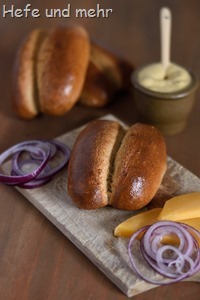

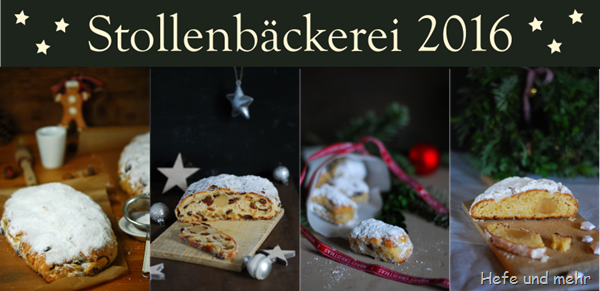
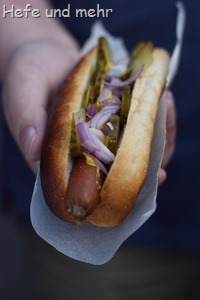 Hotdogs would be a good idea for dinner, said my love to me. I had no objections as I had in the freezer some vegetarian “
Hotdogs would be a good idea for dinner, said my love to me. I had no objections as I had in the freezer some vegetarian “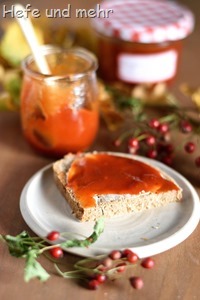 Whenever I snack tiny spoonful of the delicious rosehip jam, I close my eyes and remember sunlit wild rosebushes on beautiful morning in October. While around our home there are only few bushes with small fruits, in Swabia you can find a lot beautiful fruits. And so we used our saturday morning stroll to pick some fruits. With four people more then a kilogram is fast picked.
Whenever I snack tiny spoonful of the delicious rosehip jam, I close my eyes and remember sunlit wild rosebushes on beautiful morning in October. While around our home there are only few bushes with small fruits, in Swabia you can find a lot beautiful fruits. And so we used our saturday morning stroll to pick some fruits. With four people more then a kilogram is fast picked.
 When I read about the “
When I read about the “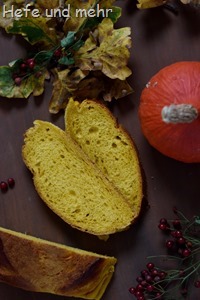 In this year Indian summer lasted long. But now the days are getting shorter and air is chilly when I leave the house in the morning. And when I drive through the range of the hills I can see the first sun rays turning the misty valleys below into golden lakes. It is autumn, finally.
In this year Indian summer lasted long. But now the days are getting shorter and air is chilly when I leave the house in the morning. And when I drive through the range of the hills I can see the first sun rays turning the misty valleys below into golden lakes. It is autumn, finally.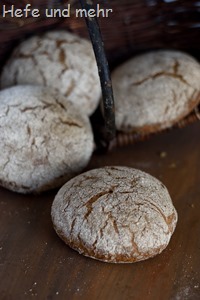 The third recipe for my rye bread tribology for the “Schwarzmarkt” is a recipe for Vinschgerl. It is similar to the one
The third recipe for my rye bread tribology for the “Schwarzmarkt” is a recipe for Vinschgerl. It is similar to the one